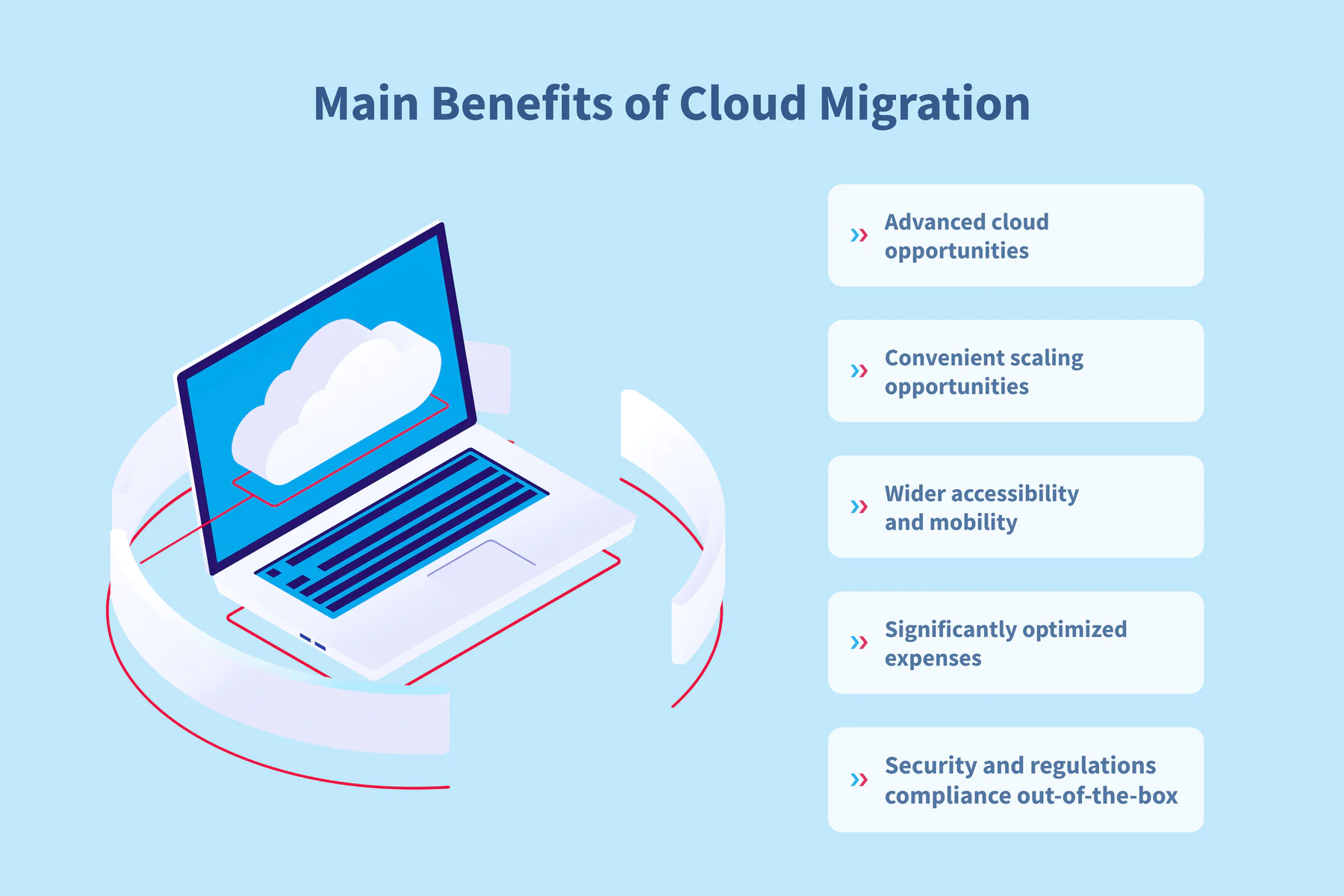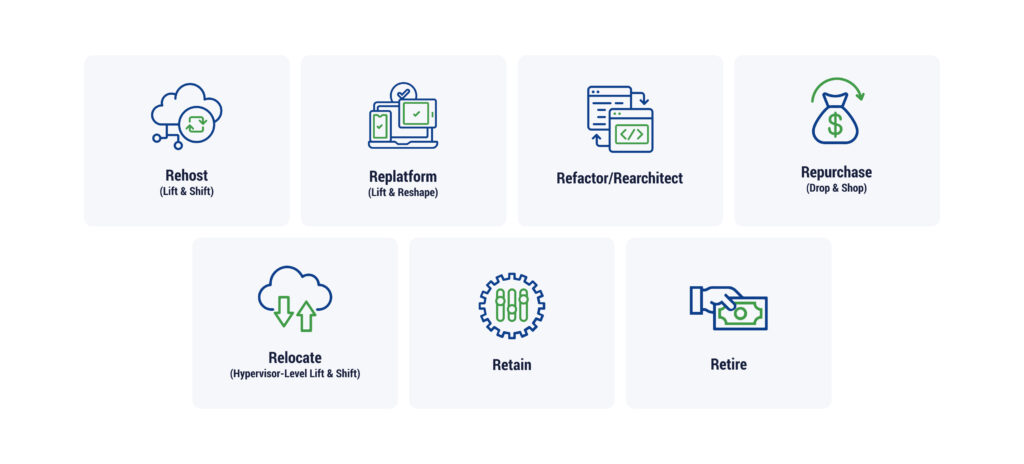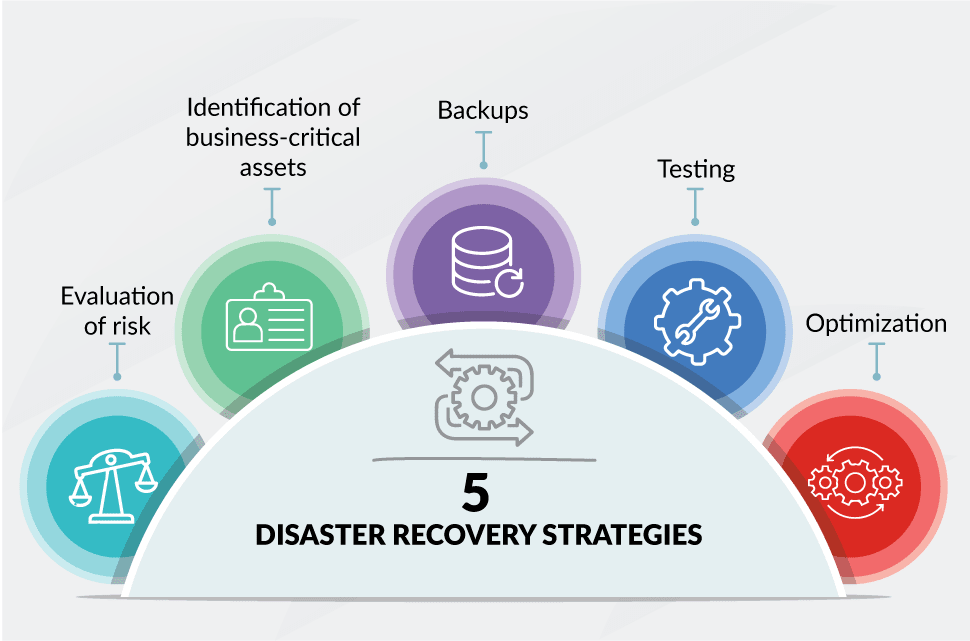Simplifying Cloud Migration: Key Strategies for Cost and Disaster Management
 Mehreen Mallick Fiona
Mehreen Mallick Fiona
Cloud Migration: Optimize your move to cloud
In today's digital age, businesses are increasingly moving their operations to the cloud. Cloud migration—shifting digital assets, applications, and IT resources from on-premises infrastructure to cloud environments—offers numerous benefits such as scalability, cost savings, and enhanced performance. But what does this process entail, and why should businesses consider it?
Let's dive into the essentials of cloud migration, explore the various strategies, and understand how to optimize costs and prepare for unexpected disruptions with effective disaster recovery.
What is Cloud Migration?
Cloud migration is the process of moving a company's digital operations to the cloud. This shift involves transferring data, applications, and IT processes from on-site hardware to cloud-based environments. Companies choose cloud migration for several reasons, including the ability to scale resources up or down as needed, reduce costs by eliminating the need for physical hardware, and improve performance through global cloud infrastructure.

Benefits of Cloud Migration

Scalability: Cloud environments allow businesses to easily adjust resources based on demand without investing in new physical hardware. This flexibility is particularly useful during periods of peak traffic or unexpected demand spikes.
Cost Savings: By reducing reliance on physical infrastructure, businesses can significantly lower maintenance and operational costs. There is no longer a need to invest heavily in hardware that might soon become outdated.
Performance: Leveraging a cloud provider's global infrastructure often results in improved application performance and efficiency. Cloud providers typically offer a range of tools and services designed to optimize workload distribution across servers and data centers.
Cloud Migration Strategies: The "Seven Rs"
When moving to the cloud, businesses can choose from seven common migration strategies, known as the "Seven Rs":

Rehosting (Lift and Shift): Moving applications to the cloud with minimal or no changes. This strategy is often the quickest and simplest, ideal for companies looking for a straightforward transition.
Replatforming (Lift, Tinker, and Shift): Making a few optimizations for the cloud environment while retaining the core architecture of applications.
Refactoring: Involves significant changes to the application architecture, often shifting from a monolithic structure to a microservices architecture. This approach is more complex but offers long-term benefits in flexibility and scalability.
Repurchasing: Switching to a different product, often a SaaS platform. This could involve replacing an existing CRM system with a cloud-based alternative.
Retiring: Phasing out applications that are no longer useful or cost-effective.
Retaining: Keeping certain applications on-premises if they are not suitable for the cloud.
Relocating: Moving entire data centers to the cloud without changing the applications themselves.
"Choosing the right migration strategy is like picking the right route for a road trip. Do you want the fastest way, the scenic route, or perhaps the path with the most amenities?"
Steps in Cloud Migration
Establish Goals: Define clear objectives to measure the success of the migration. These could include cost savings, performance improvements, or increased flexibility.
Choose a Cloud Provider: Select a provider that best meets your business needs. Factors to consider include cost, reliability, security, and the range of services offered.
Transfer Data and Intelligence: Move your data and business intelligence to the cloud. This step is critical and often involves using various tools and services to ensure data integrity and security during the migration.
Execute the Migration: Depending on the scale and requirements, this step can be complex and may involve using one or more of the seven Rs strategies.
"Think of cloud migration as moving to a new house. You have to decide what to take, what to leave behind, and how to organize everything in your new space."
Understanding Cost Optimization
Once migrated, cost optimization becomes a priority. Cost optimization involves managing expenses associated with cloud services while maximizing the value derived from them. It’s about finding the right balance between performance, functionality, and cost.
Key Strategies for Cost Optimization:
Rightsizing Resources: Adjust the size and number of your cloud instances to match your actual needs. For example, if a server is too powerful for its current workload, switching to a smaller instance can save money without sacrificing performance.
Leveraging Auto Scaling: Automatically adjusts resources based on demand. This is like having a thermostat that turns on or off based on the temperature, ensuring you only pay for what you need.
Using Cost Monitoring Tools: These tools help track and manage spending, similar to budgeting apps for personal finances. They help you see where your money is going and identify areas where you can cut costs.
Importance of Disaster Recovery
Disaster recovery is a crucial aspect of cloud migration. It ensures that businesses can quickly recover from unexpected events such as cyber-attacks, natural disasters, or hardware failures.

Common Strategies:
Backup Data in Multiple Locations: Ensures critical information can be restored even if the primary system fails.
Develop a Detailed Recovery Plan: Outline steps, assign roles, and define acceptable downtime to minimize disruptions.
Use Cloud-Based Disaster Recovery Services: Utilize data replication to handle failures and quickly restore operations.
Conclusion
For anyone starting their cloud journey, understanding the benefits, strategies, and importance of cloud migration is essential. From choosing the right migration strategy to optimizing costs and preparing for disasters, each step requires careful planning and consideration. With the right approach, businesses can not only transition smoothly to the cloud but also leverage its full potential to drive growth and innovation.
"The cloud isn’t just a place—it’s a new way of thinking, operating, and thriving in a digital world."
Subscribe to my newsletter
Read articles from Mehreen Mallick Fiona directly inside your inbox. Subscribe to the newsletter, and don't miss out.
Written by

Mehreen Mallick Fiona
Mehreen Mallick Fiona
Hi, I'm Mehreen Mallick Fiona! 👋 I'm a passionate computer science and engineering undergraduate at BRAC University, diving deep into the world of technology and innovation. I'm particularly interested in cloud computing, front-end development, and AI-powered solutions. 🌩️💻 When I'm not coding or studying, I'm here to share my journey, learn from this amazing community, and collaborate on exciting projects. Let's connect and build something great together! 🚀 Feel free to check out my latest projects and articles, and don't hesitate to reach out. I'm always open to new ideas and collaborations!